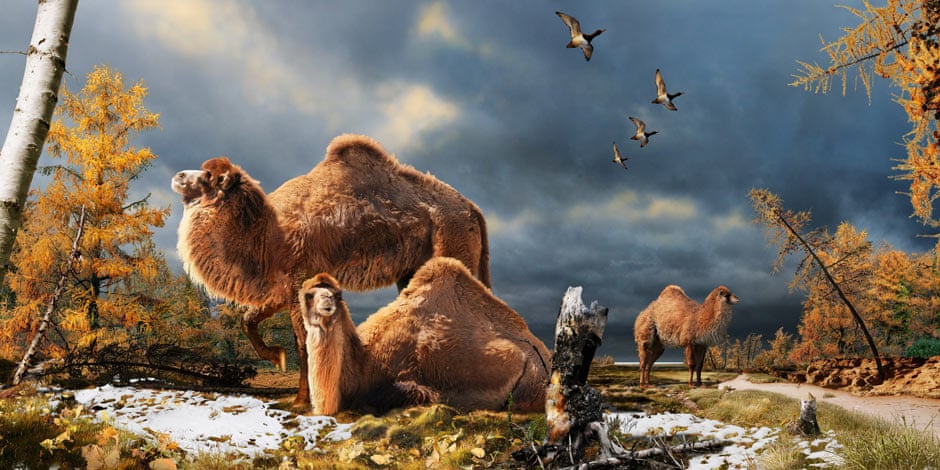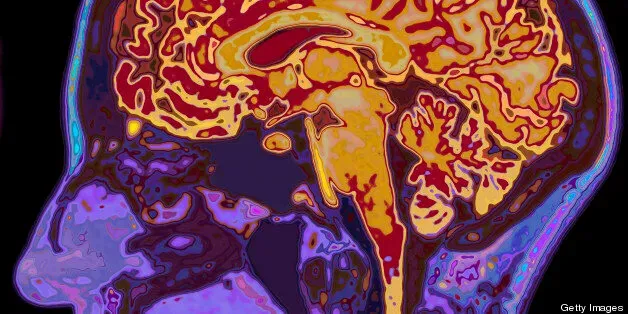 I thought I'd share some more holiday snaps. These were taken on the coastal path that runs along the Dorset coast near Durdle Door. They're wild cabbage (Brassica oleracea), although, with so many domestic cabbages around it's highly likely that they will have interbred so they may not be pure wild cabbages. Anyway, they're probably as close to the original wild cabbage as you're going to get in Britain.
I thought I'd share some more holiday snaps. These were taken on the coastal path that runs along the Dorset coast near Durdle Door. They're wild cabbage (Brassica oleracea), although, with so many domestic cabbages around it's highly likely that they will have interbred so they may not be pure wild cabbages. Anyway, they're probably as close to the original wild cabbage as you're going to get in Britain.The reason they're so abundant in this part of the world is because they evolved as a plant on lime-rich chalk and soil with high salt content. The covering of soil over these chalk deposits is ideal because that's what they've evolved to live on.
So why doesn't it look like a typical cabbage? Because, from this original wild type, by a process of evolution driven by human selection over thousands of years, humans have produced a whole range of different plants for food, each filling a different function and each exaggerating a particular feature inherent in the wild form. This neatly illustrates how a wide range of morphologies can be obtained by a simple selection process. We did the same with the close relatives of the cabbage, B. rapa, B. nigra, B. napus, B. juncea and B. carinata
The reason we were able to do this is because, at some time in their evolution, B. oleracea, B. rapa and B. nigra hybridized to form three entirely new species, B. napus, B. juncea and B. carinata and this gave a wide range of genetic potential. This is of course, a complete refutation of three creationist assertions; that mutations are always harmful, that new information can't arise, and that evolution can't give rise to new species.
































